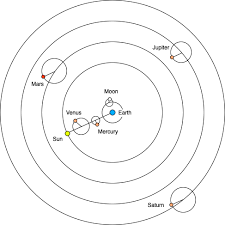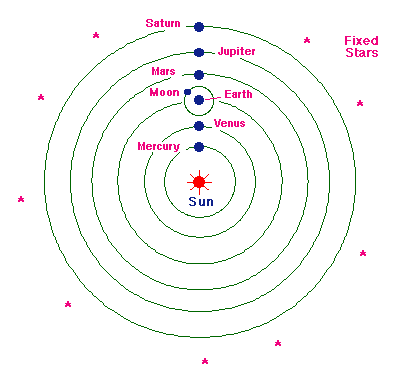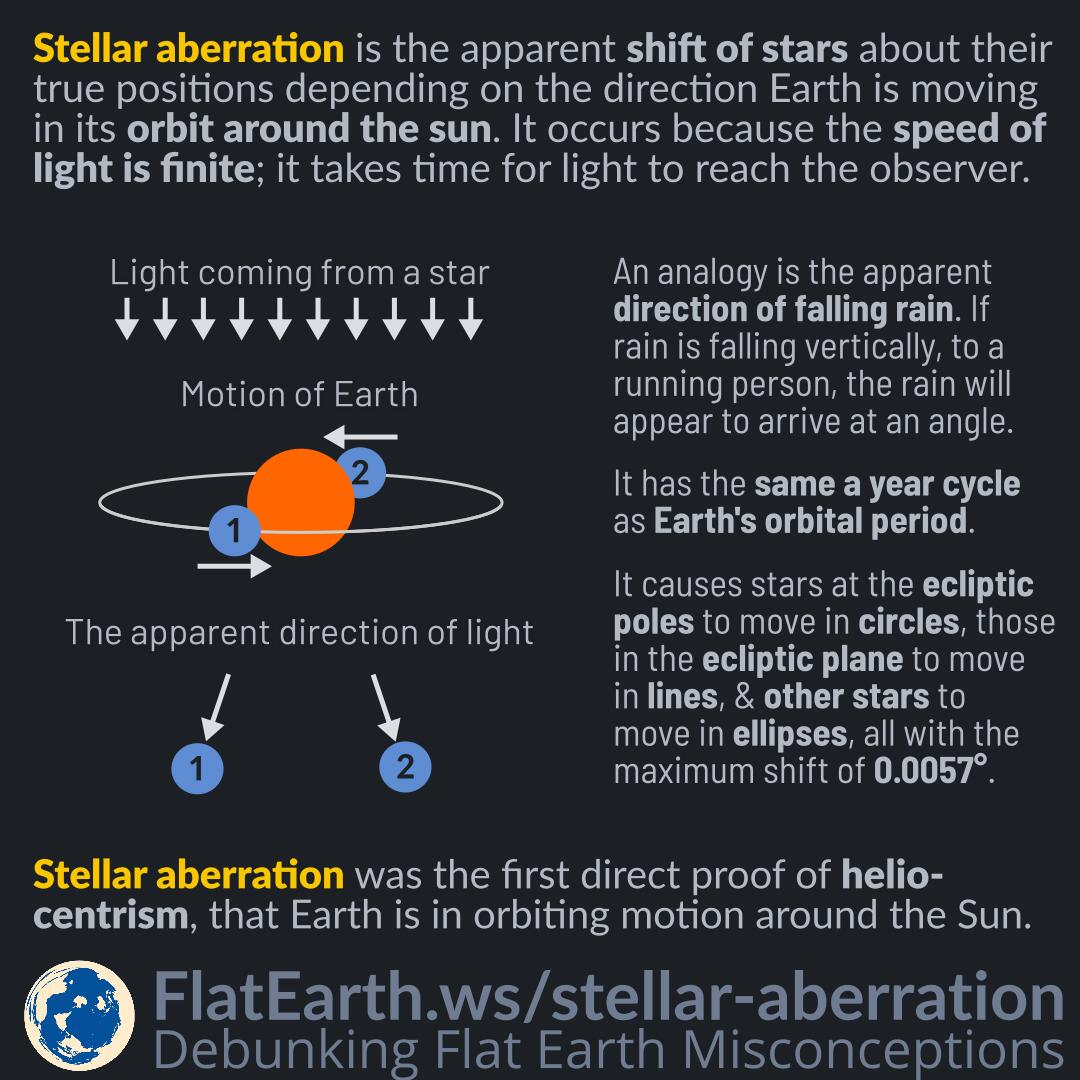U2 – Origins of the Universe – DE Astronomy
1/19
Earn XP
Description and Tags
Name | Mastery | Learn | Test | Matching | Spaced |
|---|
No study sessions yet.
20 Terms
Stonehenge
believed to be a sort of 3D almanac/calendar to help identify important dates via specific celestial events
Big Horn Medicine Wheel
native americans; similar with some alignments between spokes and the setting/rising sun and bright stars
cosmology
study of the universe on the largest scales
prograde motion
motion in eastward sense (west → east) (“regular”)
retrograde motion
motion in westward sense (east → west) (“backwards”; those loops [Earth perspective] resulting from earth “overtaking” another planet)
Ptolemaic Model
Ptolemy; geocentric model; fairly accurate to celestial sphere motions but very complex w/epicycles

Aristarchus of Samos
predicted heliocentric solar system
Copernicus
credited with the (re)discovery of the heliocentric model; showed it provided natural explanation of observations
Copernican Revolution
realization that Earth wasn’t at the center of the universe
(1) Earth not at center
(2) Moon orbits Earth
(3) planets revolve around Sun
(4) other stars much further away than Sun
(5) motion of stars due to rotation
(6) Sun’s “motion” due to Earth’s revolution/rotation
(7) retrograde an effect of Earth’s revolution

Galileo Galilei
built his own telescope; discovered sunspots [Sun rotation], other planets’ moons [not geocentric], Venus phases [revolution around Sun], etc.
aberration of light
(not the same as stellar parallax)

Tycho Brahe
observations of the night sky over many years at Uraniborg
Johannes Kepler
developing laws of planetary motion; pure theorist primarily based on data via Tycho Brahe
Kepler’s laws of planetary motion
(1) orbital paths are elliptical
(2) movement sweeps equal areas in same time
(3) P² proportional to a³ (in AU)
Newtonian laws of motion
(1) object at rest will stay at rest until acted on by an outside force (inertia)
(2) F=ma
(3) every force has an equal and opposite reaction
gravitational force equation
F = (GMm) / r²
Newtonian alterations to Kepler’s laws
(1) planet + sun orbit their center of mass
(2)
(3) P² equals a³ (AU) / total mass of system (solar units)
escape speed
v = sqrt(2GM/r)
Caroline Herschel
discovered a bunch of planets and comets, very slay
orbiting speed
v = 2πr/P